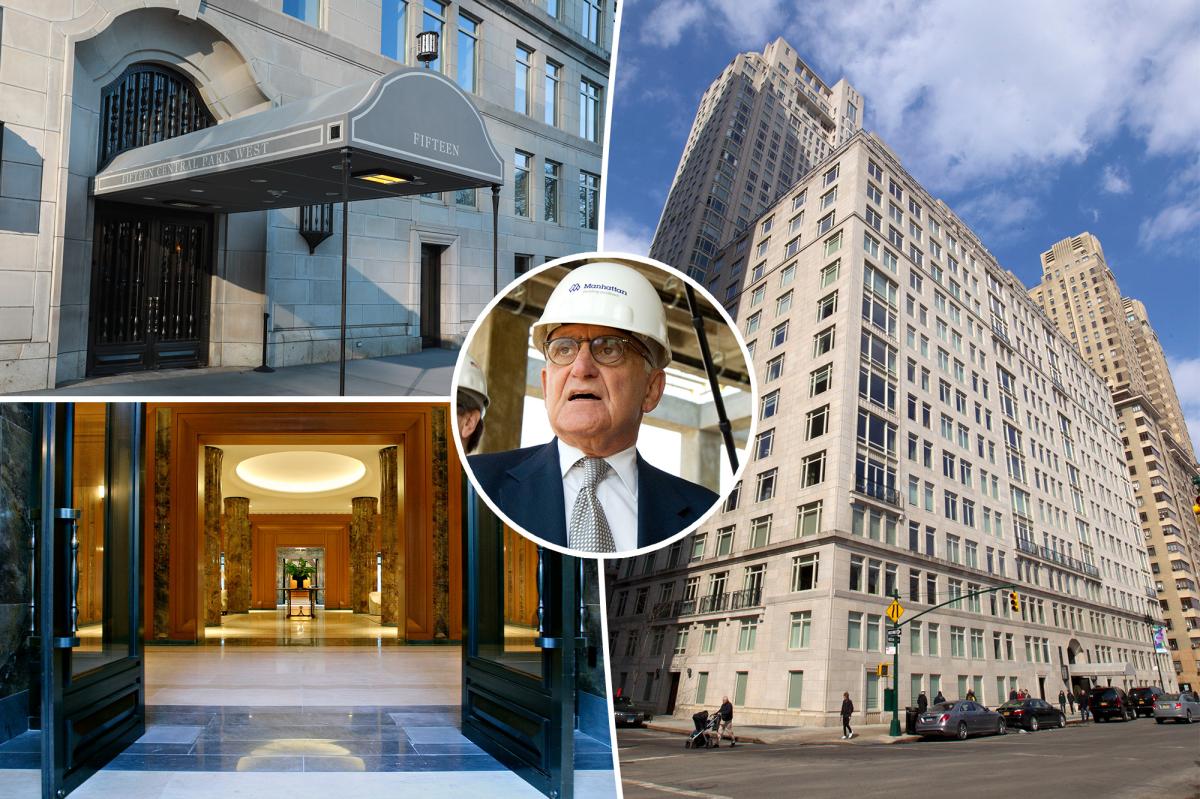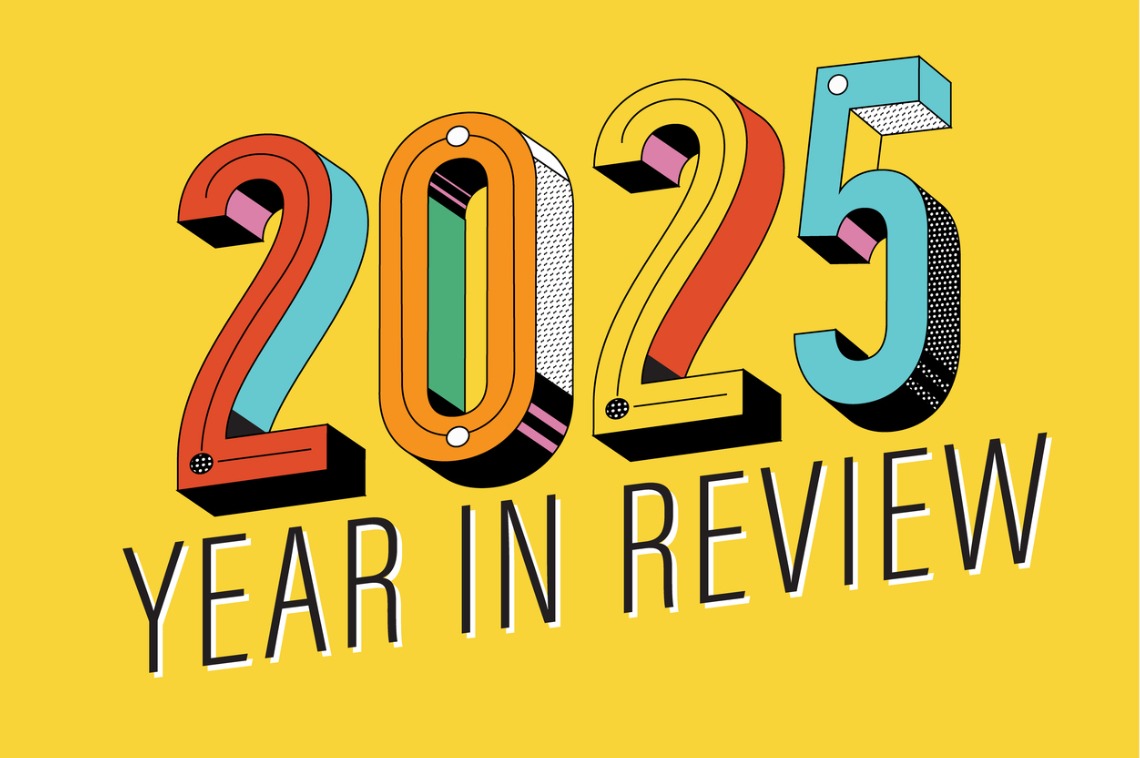T
he real estate investment landscape is undergoing a seismic shift in 2025, driven by the rise of fractional investing. This low-cost, high-liquidity alternative to traditional property ownership is dismantling barriers and redefining who can participate in the wealth-building potential of real estate.
The market's explosive growth is projected to reach $12.5 billion by 2033, with tokenization via blockchain growing at a 27% annual rate. This shift reflects changing investor behavior, particularly among younger demographics who prioritize flexibility, diversification, and passive income over traditional strategies.
Platforms like Arrived, Fundrise, and Groundfloor are offering low-cost entry points to real estate investing, eliminating the need for expertise in property management or zoning laws. For as little as $10 to $100, investors can own shares in single-family rentals, multifamily units, or debt-backed projects, with average annual returns ranging from 18.60% to 10.79%.
Blockchain and tokenization are driving this democratization by creating liquid, tradable shares of real estate that can be bought, sold, or transferred instantly. Regulatory frameworks are evolving to support this shift, allowing both accredited and non-accredited investors to participate.
The implications are profound: individuals with $100 or less can generate passive income from real estate without the risks of property ownership. This is a systematic, scalable approach to wealth creation that offers a low-stress, high-impact way to build wealth for retirees, part-time investors, or college students.
To navigate this new frontier, diversify across platforms, prioritize liquidity, and leverage ESG trends. Start small and think long-term: even $100 monthly investments can compound into significant passive income over a decade. The future of real estate is fractional, with lower costs, higher liquidity, and unprecedented accessibility.













